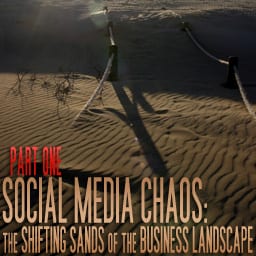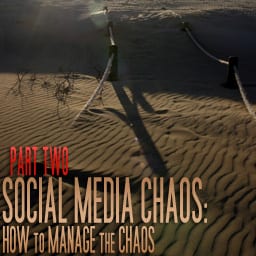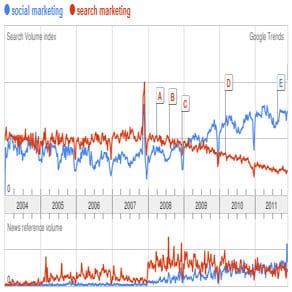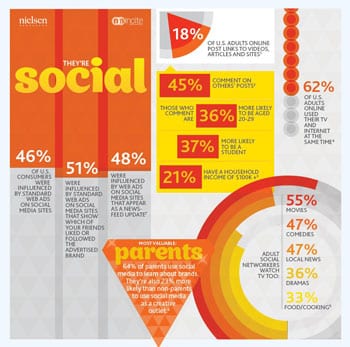Part 1: Social Media Chaos: The Shifting Sands of the Business Landscape
This is Part 1 of our 2-Part series on Social Media Chaos. In “Part 2: Social Media Chaos: How To Manage The Chaos”, we present six tips for managing the chaos. The Part 2 link is at the end of this article. When it comes to rapid changes in business technologies and social media, the…



![What Mattered In 2011 For Social Media? [INFOGRAPHIC]](https://4thweb.com/wp-content/uploads/What-Mattered-in-2011-for-Social-Media-186x186.jpg)

